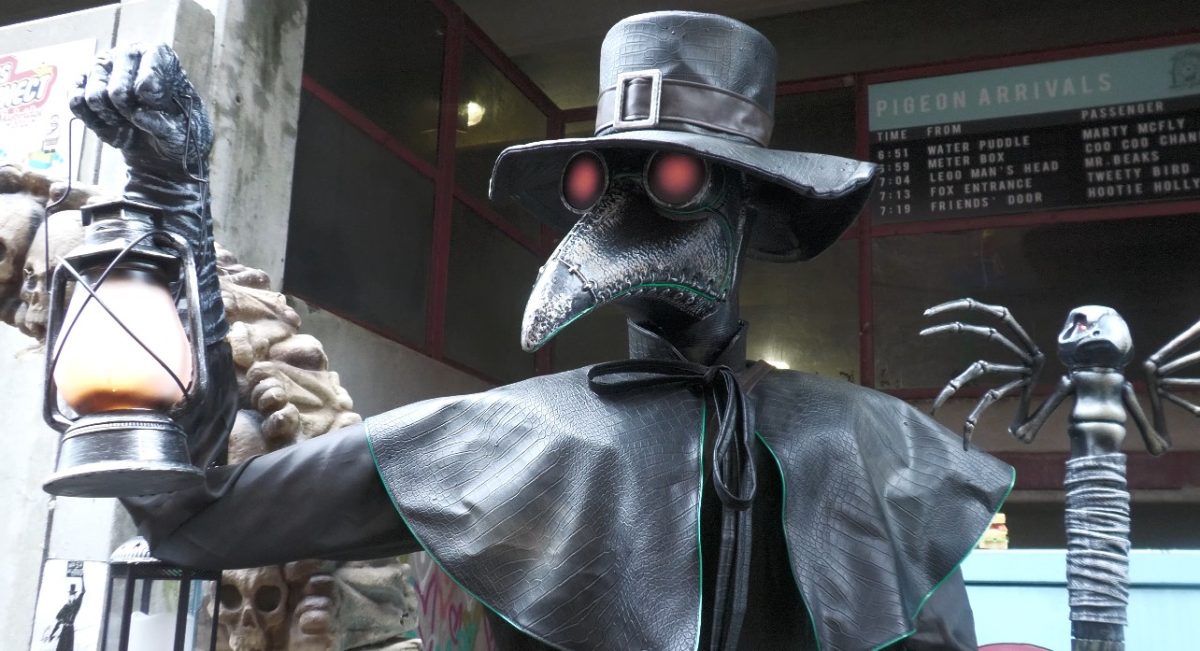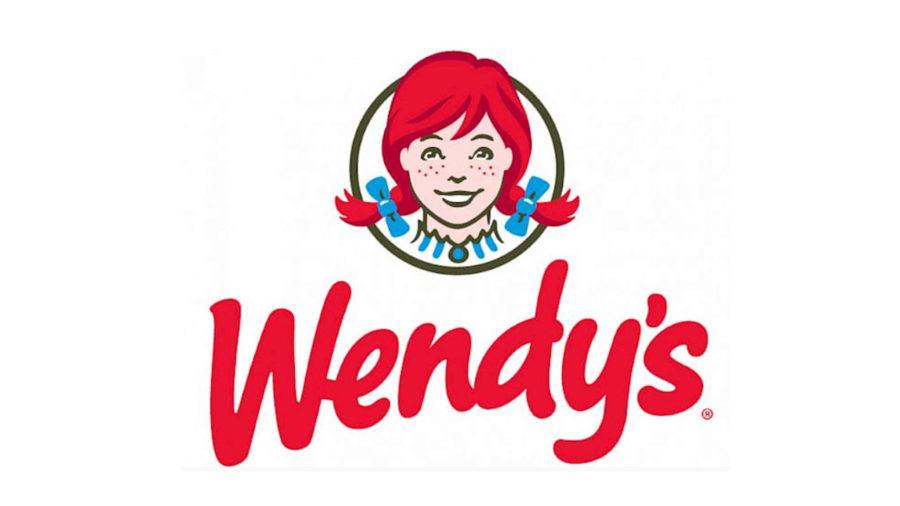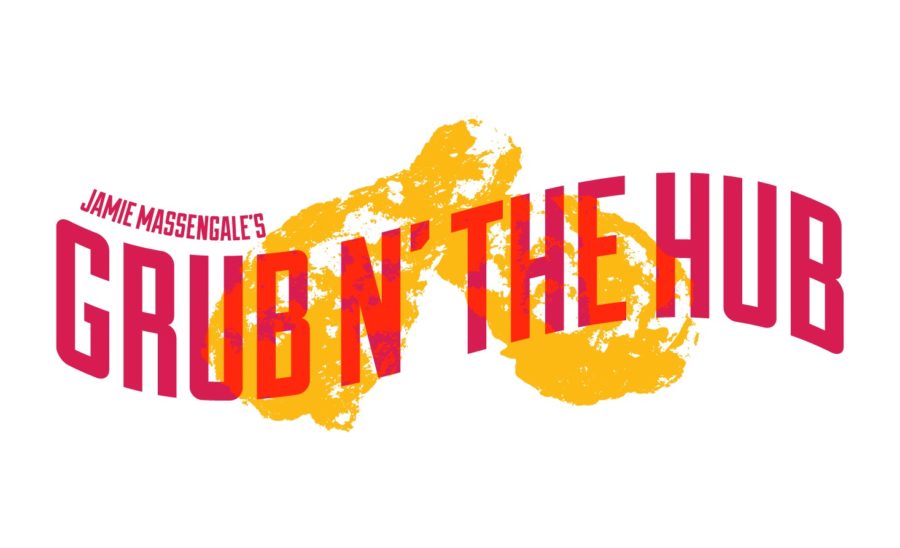The latest social media strategy that has been gaining a lot of attention is from none other than popular restaurant chain Wendy’s.
According to Forbes.com, websites are now recognizing this approach and are deeming it “roasting at its finest.” The Wendy’s Twitter account is replying to user comments that are usually ones insulting Wendy’s and/or praising its competitors. Wendy’s comebacks go from humorous to flat-out offensive.
One incident included Wendy’s tweeting a photo of a garbage can after a user wanted the restaurant chain to help find the nearest McDonald’s – a bold move for a fast food chain established in 1969.
Another incident involved Wendy’s sarcastically reminding a user that refrigeration is necessary to prevent meats from becoming contaminated after the establishment was accused of using frozen products.
One might wonder if this sort of “clap back” strategy is beneficial for a brand. The numbers do the talking in this case. Wendy’s now has 1.2 million followers with individual tweets getting up to 10,000 shares and more than 30,000 likes.
If this were a popularity contest, Wendy’s is in a great spot.
From changing its Twitter bio to, “We like our tweets the same way we like to make hamburgers: better than anyone expects from a fast food joint.”
According to Forbes, there are many reasons why the fast food joint has gained so much popularity: unexpectedness, controversy, humor, consistency and escalation. It has become increasingly common to use controversy to gain momentum. It was one of the most popular angles for many brands in 2016.
In the end, some people will hate Wendy’s for the comments and some will love them. But above all, they will still receive media coverage and shares, which equals more attention for the brand.
Although there are pros to the “clap back” tactic, there are also cons. Marketing strategies such as these have a great potential of blowing up in a brand’s face. Like most things, this gimmick will eventually get old, and people will become tired of it.
It is temporarily rewarding but not good in a long-term aspect. Brands like Wendy’s should always consider their target audience, as what may be funny to young adult as may not be amusing to an older age group.
As we all know, one joke can be taken too far, even under the best intentions just as one brand’s reputation can be completely wrecked using this type of marketing strategy. It is best to be careful not to wander into offensive territory.
Wendy’s went from the top of the world to the bottom of the barrel after just one tweet. The chain posted a Pepe the Frog meme after a customer tweeted, “Got any memes?” If you are not familiar with the image, it was designated a white nationalist symbol and a hate symbol by the Anti-Defamation League.
As expected, Wendy’s deleted the post. The brand still receives praise; some internet users say that Wendy’s showed that social media isn’t just about focusing solely on answering customer inquiries and promoting food. The brand has been praised for not seeming robotic.
No more of the usual, “Sorry to hear that, please call *insert phone number here.* We’ll be happy to assist you.” So, I guess there may be a silver lining after all, or I suppose you would say “a silver wrapper (with a burger inside it).”































